How Genseric’s Vandal fleet seized Rome in 455 CE, emptied imperial treasuries, and reshaped late imperial politics
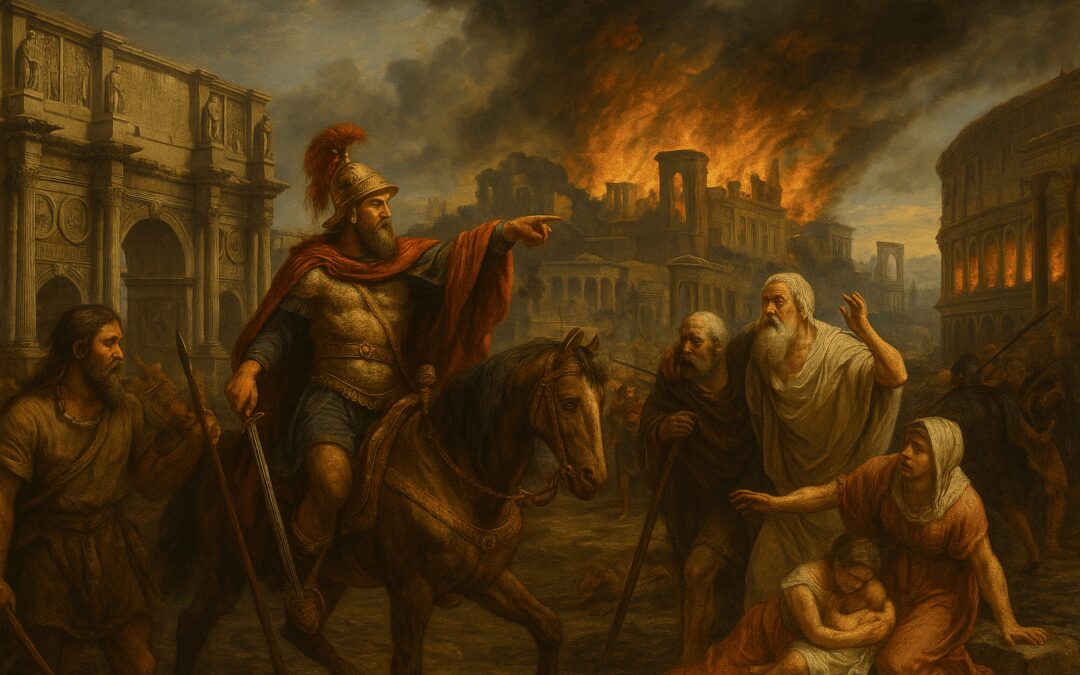

How Genseric’s Vandal fleet seized Rome in 455 CE, emptied imperial treasuries, and reshaped late imperial politics
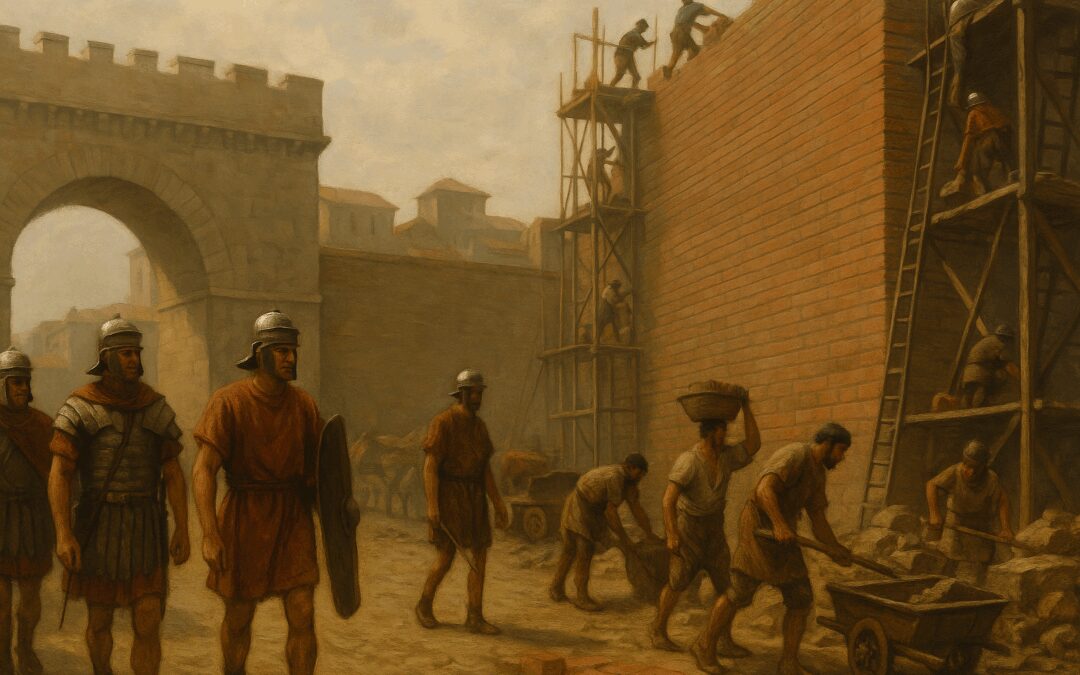
How the Aurelian Walls reshaped Rome’s urban landscape and safeguarded the empire in the late 3rd century.
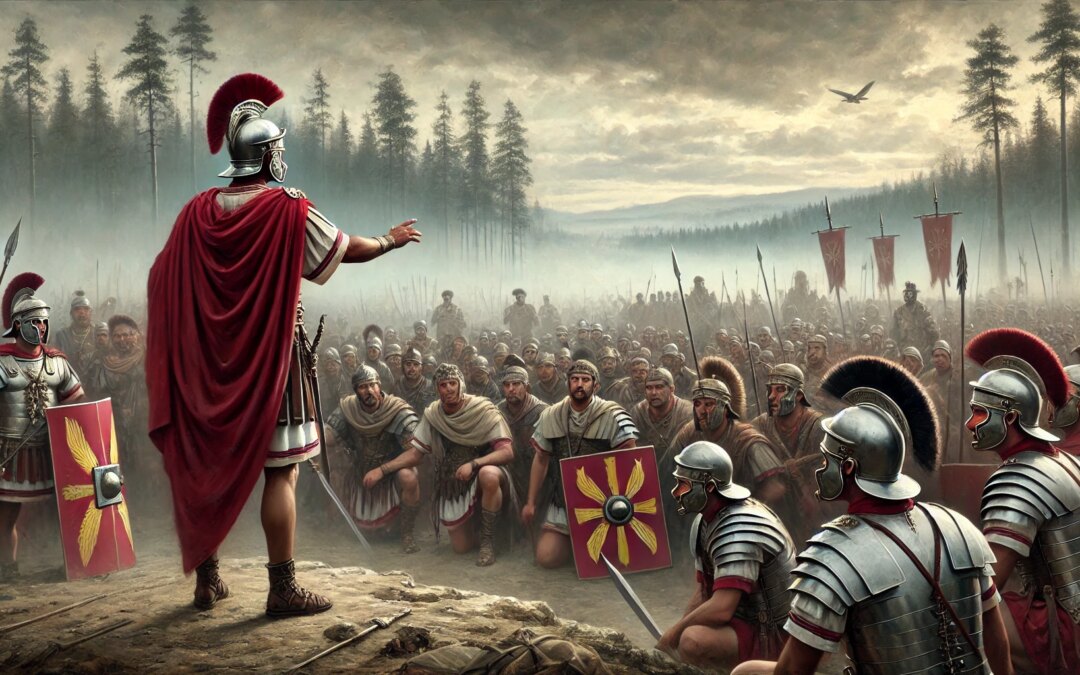
In 14 AD, Roman general Germanicus launched campaigns deep into Germania to avenge the Varus disaster—rekindling Roman hopes and forging a legacy of loyalty and leadership.
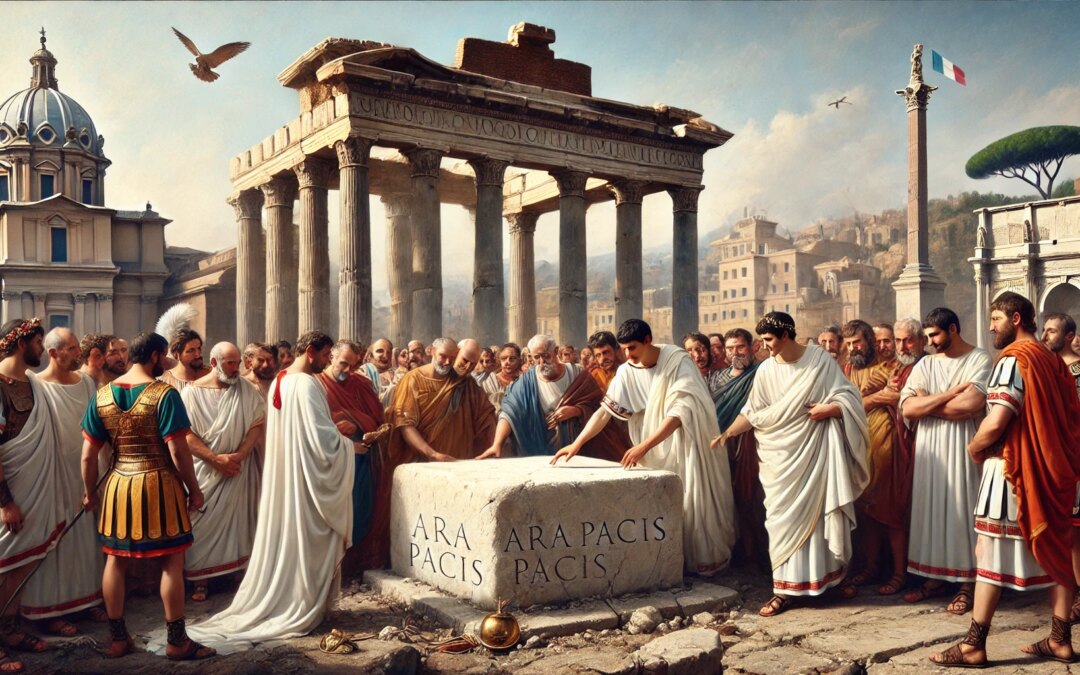
In 13 BC, Emperor Augustus laid the foundation of the Ara Pacis in Rome—a monumental altar symbolizing the peace and prosperity brought by his rule and the birth of the Roman Empire.
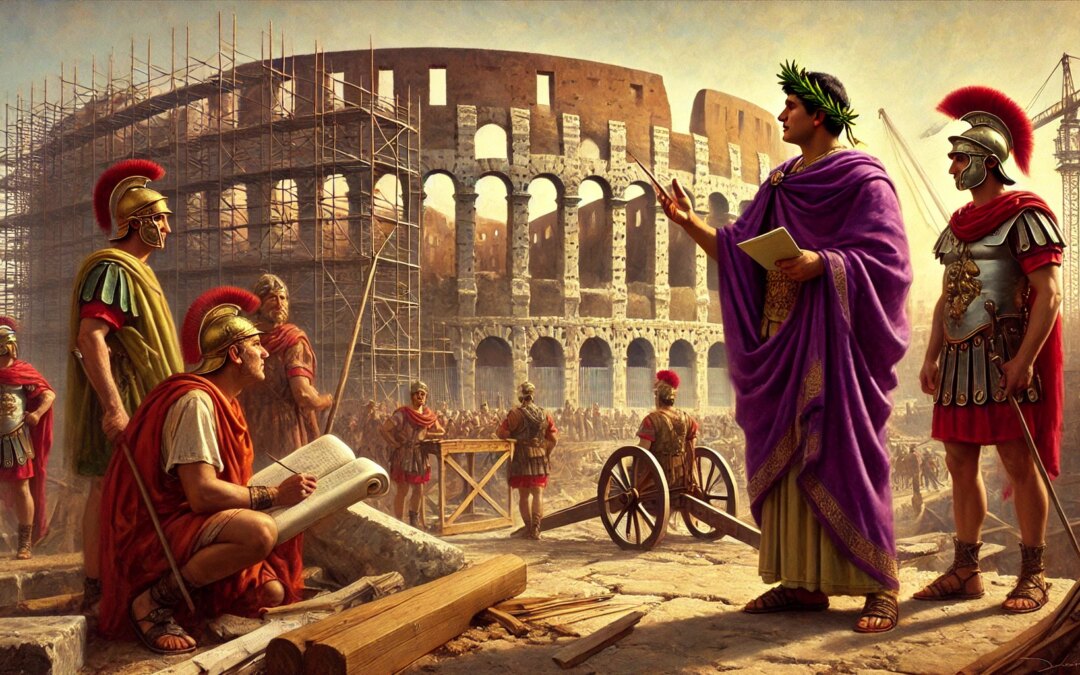
In 72 AD, Emperor Vespasian began construction of the Colosseum, transforming Nero’s private land into a public monument of power, entertainment, and imperial unity.
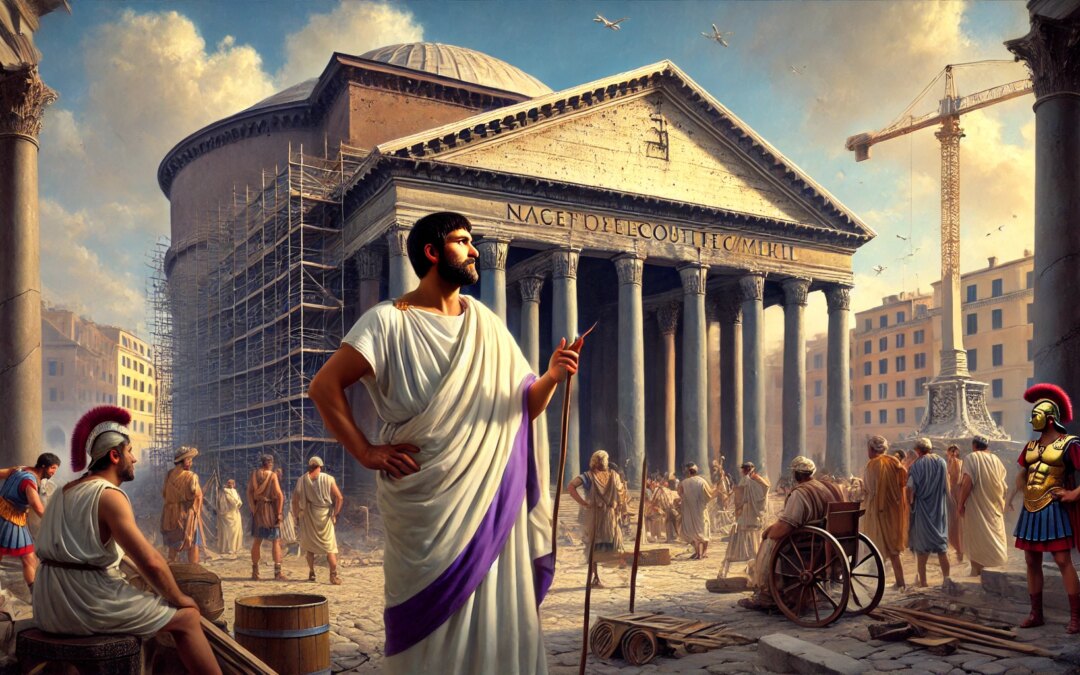
In 27 BC, Marcus Vipsanius Agrippa, right hand of Augustus, began constructing the original Pantheon—a symbol of imperial ambition and Roman engineering mastery.
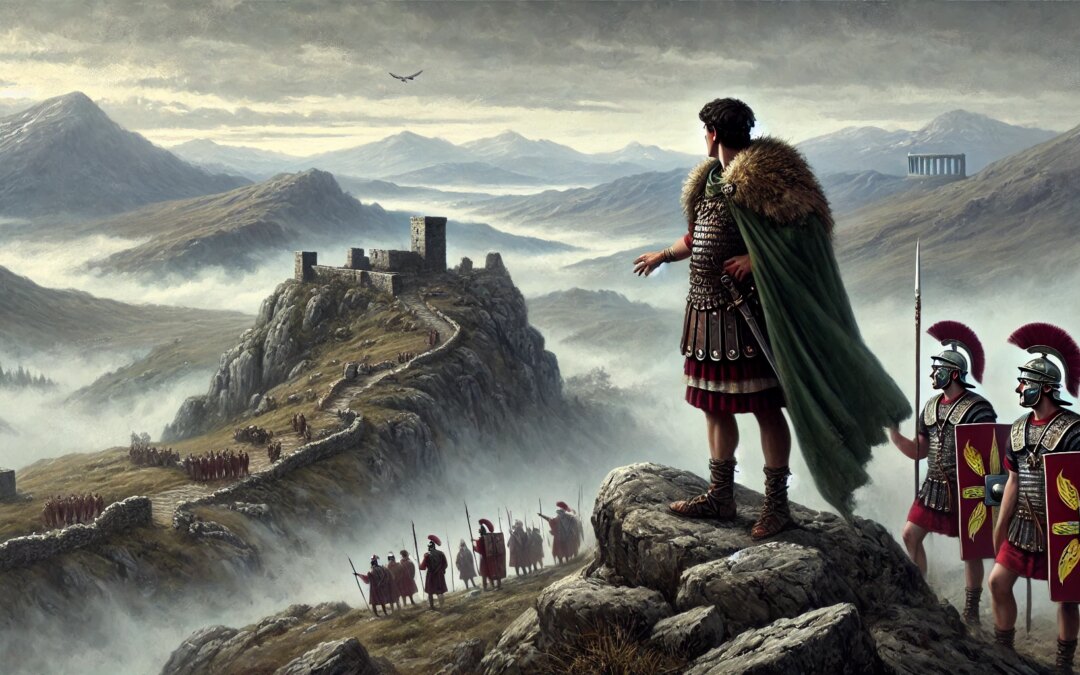
In 83 AD, Roman general Gnaeus Julius Agricola led his legions into the far reaches of northern Britannia—extending imperial reach into the mists and mountains of Caledonia.
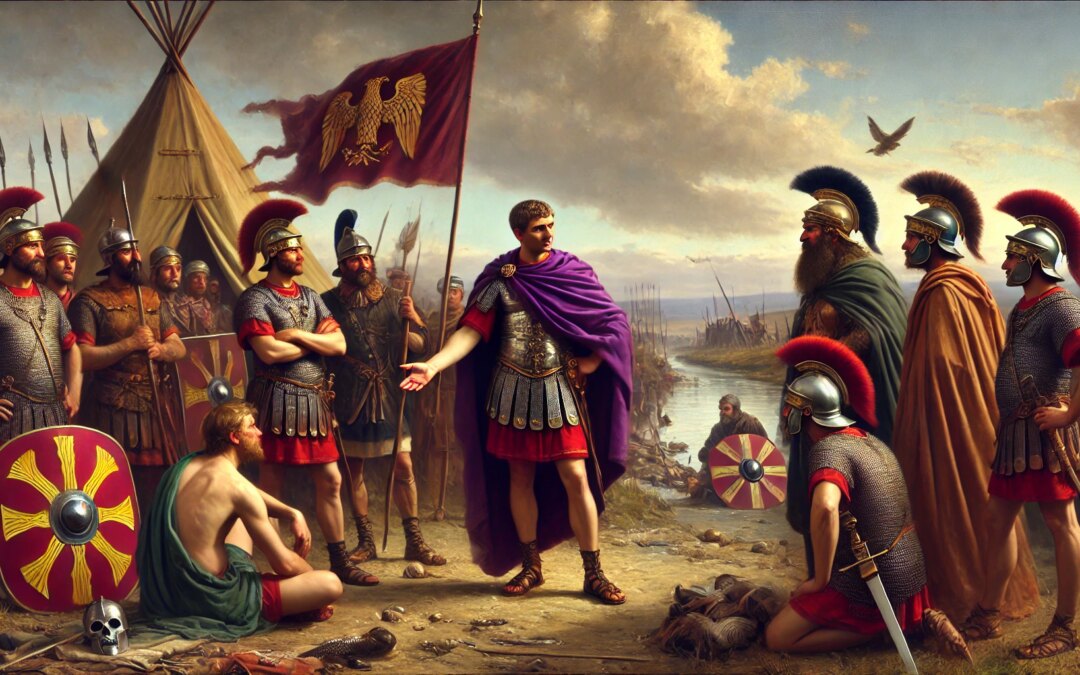
In 375 AD, Emperor Valentinian I confronted Germanic envoys on the Danube frontier—a tense diplomatic episode that exposed the limits of Roman control and the emperor’s volatile resolve.
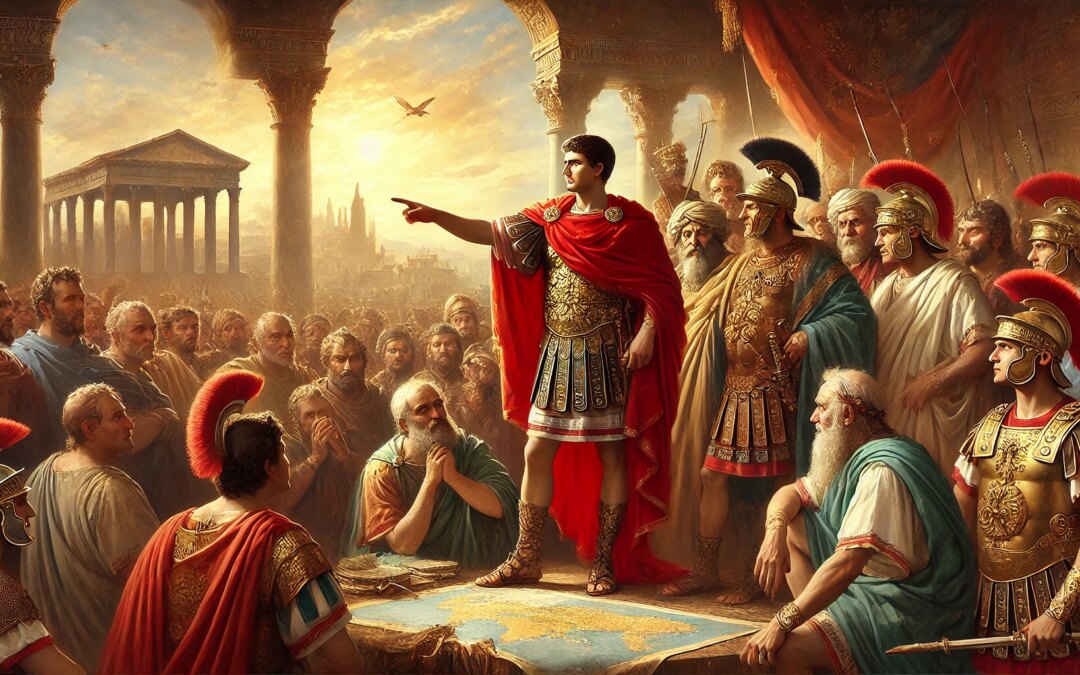
In 64 BC, Pompey the Great restructured Rome’s eastern provinces following sweeping military victories—an act that expanded Roman influence and reshaped the geopolitical landscape for generations.
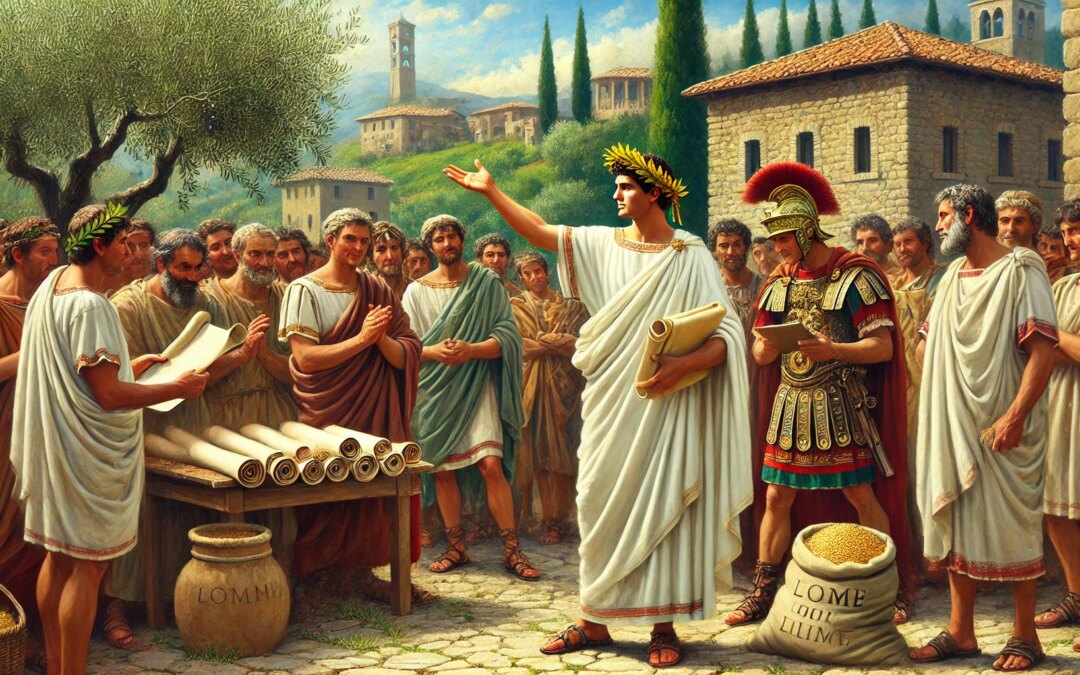
In 97 AD, Emperor Nerva launched a groundbreaking land and welfare program for poor Italian farmers, restoring confidence in Roman leadership after the tyranny of Domitian.